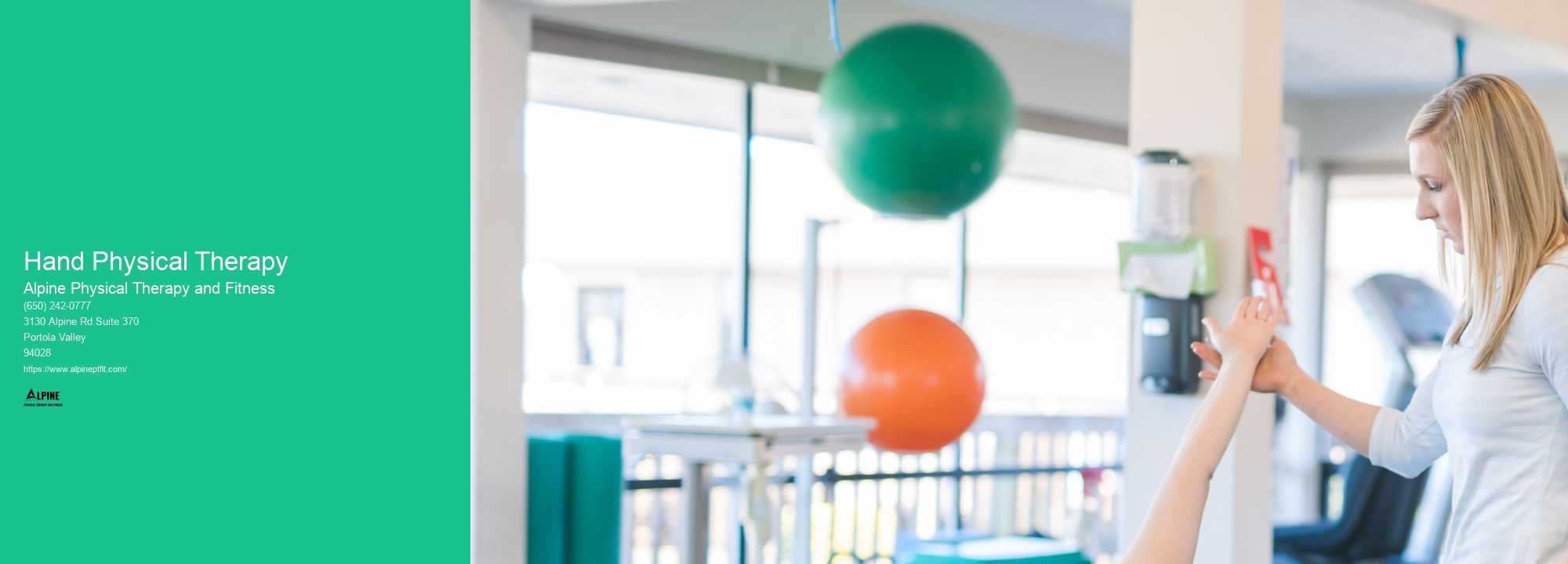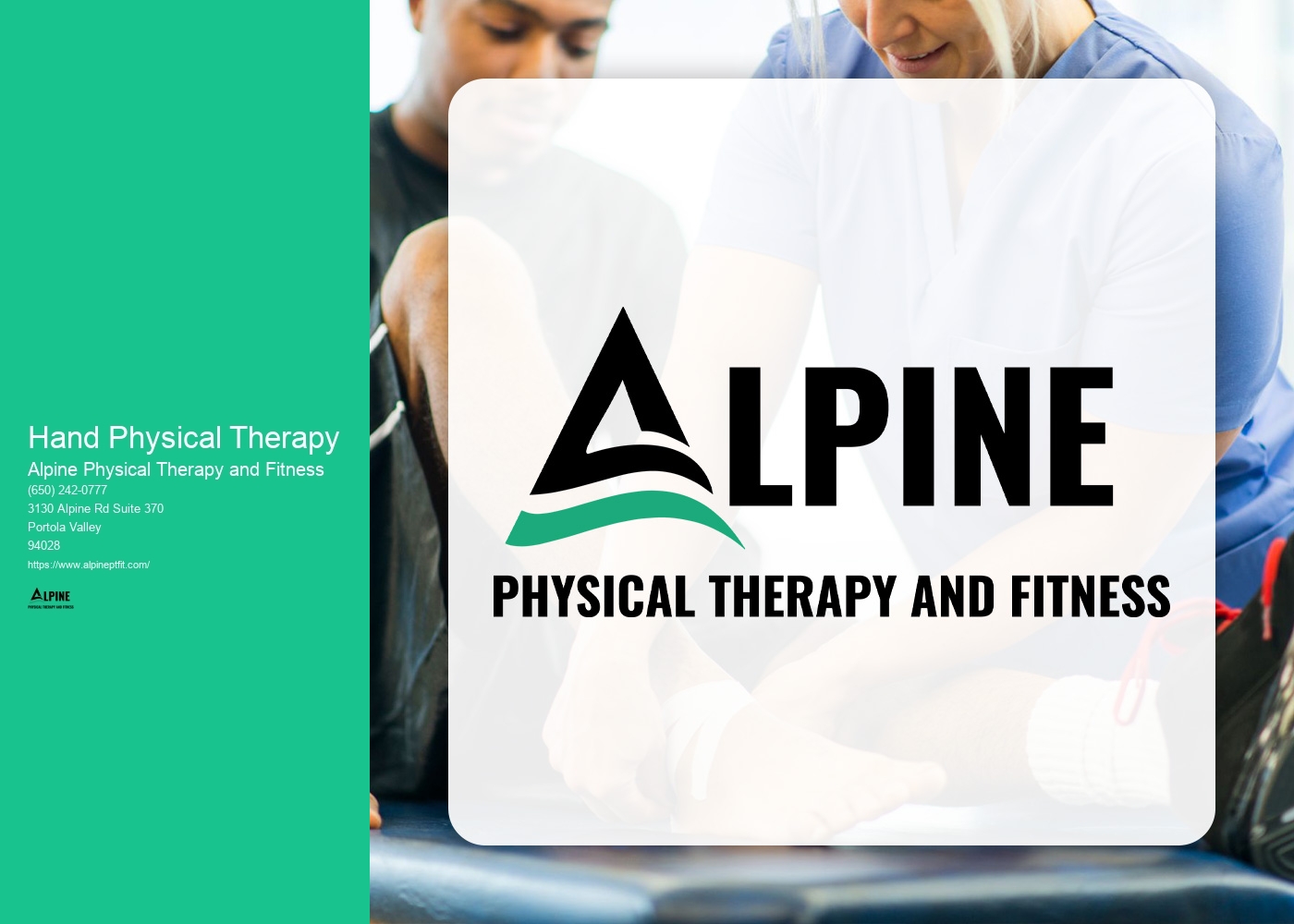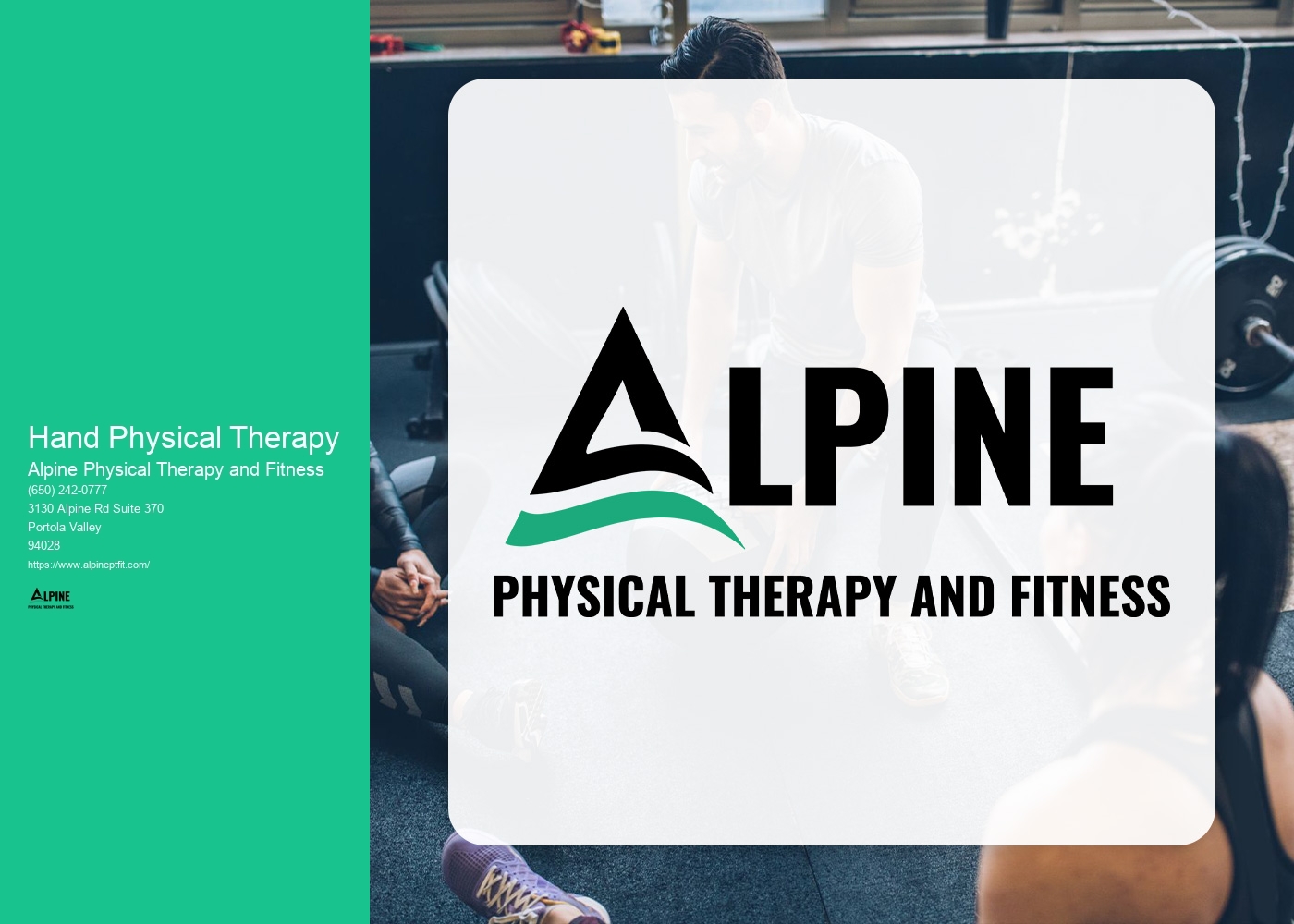

Hand physical therapy is a specialized branch of physical therapy that focuses on the rehabilitation and treatment of conditions and injuries affecting the hand, wrist, and forearm. It differs from other types of physical therapy in that it specifically targets the intricate structures and functions of the hand. Hand physical therapy aims to improve hand strength, flexibility, coordination, and overall function through a variety of techniques and exercises.
Hand physical therapy can be beneficial for a wide range of conditions and injuries. Some common conditions that can be treated with hand physical therapy include carpal tunnel syndrome, tendonitis, fractures, sprains, nerve injuries, arthritis, and post-surgical rehabilitation. Hand physical therapy can also be helpful for individuals with repetitive strain injuries, such as those caused by excessive computer use or repetitive motions.
In hand physical therapy, a variety of techniques and exercises are commonly used to address specific hand-related issues. These may include manual therapy techniques, such as joint mobilization and soft tissue mobilization, to improve range of motion and reduce pain. Therapists may also use therapeutic exercises to strengthen the hand and improve dexterity. Additionally, modalities such as heat or cold therapy, ultrasound, and electrical stimulation may be utilized to aid in pain relief and tissue healing.

The duration of a typical hand physical therapy session can vary depending on the individual's needs and the severity of their condition. On average, a session may last between 30 minutes to an hour. During this time, the therapist will assess the patient's progress, perform hands-on techniques, guide the patient through exercises, and provide education on self-care techniques.
The number of hand physical therapy sessions required to see improvement can vary depending on the individual and their specific condition. In general, a treatment plan may consist of several sessions spread over a period of weeks or months. The frequency of sessions may start off more frequent and gradually decrease as the patient progresses. The therapist will work closely with the patient to determine the appropriate number of sessions needed to achieve the desired outcomes.

Hand physical therapy is generally considered safe and well-tolerated. However, as with any form of therapy, there may be some risks or side effects. These can include temporary soreness or discomfort following therapy sessions, especially if the exercises or techniques are new or challenging. In rare cases, there may be a risk of aggravating an existing condition or experiencing a temporary increase in symptoms. It is important for patients to communicate any concerns or changes in symptoms to their therapist.
Hand physical therapy can be beneficial for individuals with chronic hand pain or arthritis. The therapy aims to reduce pain, improve joint mobility, and enhance overall hand function. Therapists may use a combination of techniques, exercises, and modalities to address the specific needs of individuals with chronic hand pain or arthritis. The therapy can help manage symptoms, improve hand strength and flexibility, and enhance the individual's ability to perform daily activities. However, it is important to note that the effectiveness of hand physical therapy may vary depending on the severity of the condition and individual factors. It is recommended to consult with a hand physical therapist to determine the most appropriate treatment approach.

Physical therapy plays a crucial role in assisting individuals with Guillain-Barré syndrome by promoting functional recovery and improving overall quality of life. Through a comprehensive rehabilitation program, physical therapists employ a variety of techniques and interventions to address the specific needs of each patient. These may include exercises to improve muscle strength, range of motion, and balance, as well as gait training to enhance mobility. Additionally, physical therapists may utilize modalities such as electrical stimulation and ultrasound to reduce pain and inflammation. By tailoring treatment plans to the unique challenges presented by Guillain-Barré syndrome, physical therapy helps individuals regain independence, restore physical function, and optimize their overall well-being.
Physical therapists employ a variety of techniques to address sacroiliac joint dysfunction. They begin by conducting a thorough assessment to determine the underlying cause of the dysfunction, which may include muscle imbalances, joint instability, or poor movement patterns. Based on their findings, they develop a personalized treatment plan that may include manual therapy techniques such as joint mobilizations, soft tissue mobilization, and myofascial release to restore proper joint alignment and improve mobility. They also prescribe specific exercises to strengthen the surrounding muscles and improve stability. Additionally, physical therapists may use modalities such as heat or ice therapy, electrical stimulation, or ultrasound to reduce pain and inflammation. Education on proper body mechanics and posture is also provided to prevent future episodes of sacroiliac joint dysfunction. Through a comprehensive and individualized approach, physical therapists aim to alleviate pain, improve function, and enhance the overall quality of life for individuals with sacroiliac joint dysfunction.
Plantar fasciitis is a common condition that causes pain and inflammation in the plantar fascia, a thick band of tissue that runs along the bottom of the foot. While there is no one-size-fits-all solution for alleviating plantar fasciitis pain, there are several exercises that can help. Stretching exercises, such as calf stretches and toe stretches, can help to loosen the plantar fascia and reduce pain. Strengthening exercises, such as toe curls and heel raises, can help to improve the stability and support of the foot. Additionally, exercises that focus on balance and proprioception, such as standing on one leg or using a balance board, can help to improve foot and ankle strength and stability. It is important to consult with a healthcare professional or physical therapist before starting any exercise program for plantar fasciitis, as they can provide personalized recommendations based on your specific needs and condition.
Breathing exercises are an integral part of pulmonary rehabilitation programs, as they help improve lung function and overall respiratory health. These exercises are typically incorporated into the program through a combination of education, guidance, and practice. Patients are taught various techniques, such as diaphragmatic breathing, pursed-lip breathing, and deep breathing exercises, which help strengthen the respiratory muscles and increase lung capacity. Additionally, patients may also be introduced to techniques like inspiratory muscle training, which involves using devices to provide resistance during inhalation, further enhancing respiratory muscle strength. The incorporation of breathing exercises in pulmonary rehabilitation programs aims to optimize lung function, reduce breathlessness, and improve overall quality of life for individuals with respiratory conditions.
The goals of physical therapy for children with cerebral palsy are to improve their motor skills, enhance their mobility, and promote their overall physical development. Physical therapists work closely with these children to address specific impairments such as muscle weakness, spasticity, and coordination difficulties. They employ a variety of techniques and interventions, including therapeutic exercises, stretching, and balance training, to help children with cerebral palsy gain better control over their movements and achieve greater independence in their daily activities. Additionally, physical therapy aims to prevent secondary complications, such as contractures and joint deformities, by promoting proper alignment and positioning. By focusing on these goals, physical therapy plays a crucial role in optimizing the functional abilities and quality of life for children with cerebral palsy.